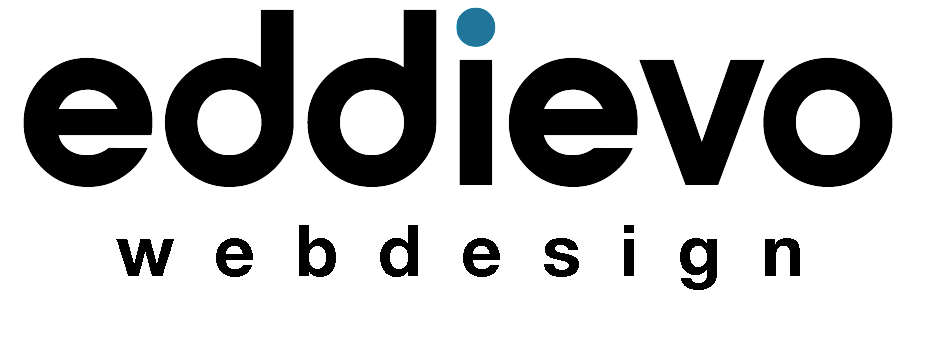In this article, we’ll explore some of these SharePoint Power-User Tips and show you how to use them to get the most out of SharePoint.
SharePoint is a powerful tool for businesses, organizations, and teams to manage and share information. As a power-user, you’re likely already familiar with the basics of the platform, but there are many advanced features and functionalities that can help you work more efficiently and effectively.

- Metadata One of the most powerful features of SharePoint is its ability to use metadata to organize and categorize content. Metadata allows you to add tags, keywords, and other information to documents and other items, making it easy to find and filter them later on. To use metadata, you’ll need to create columns in your library or list, and then add the appropriate information to each item. You can also use metadata to create views, which allow you to filter and sort items based on specific criteria.
- Custom Workflows Another advanced feature of SharePoint is the ability to create custom workflows. Workflows are essentially automated processes that can be used to manage tasks and approvals. With SharePoint, you can create custom workflows that are tailored to your specific needs. For example, you can create a workflow that automatically routes documents for approval, or one that sends out reminders to team members when a task is due. To create a custom workflow, you’ll need to use SharePoint Designer, a separate tool that is available for free from Microsoft.
- Web Parts are small, reusable components that can be added to a SharePoint page to display information and perform specific tasks. There are many different types of web parts available, including lists, calendars, and charts. You can also create custom web parts using HTML, CSS, and JavaScript. To add a web part to a page, you’ll need to edit the page and then add the web part from the web part gallery.
- Power Automate is a tool that allows you to automate repetitive tasks and processes in SharePoint and other Microsoft 365 services. With Power Automate, you can create custom workflows, automate data entry and approvals, and more. You can also create custom connectors to integrate with other services, such as Google Sheets or Salesforce. To use Power Automate, you’ll need a Microsoft 365 subscription.
- Custom Forms SharePoint also allows you to create custom forms for data entry, which can be used to collect and manage information. You can create forms for lists and libraries, and then add custom fields and validation rules. You can also use forms to collect data from external sources, such as web forms and surveys. To create a custom form, you’ll need to use a form designer, such as Microsoft Forms or PowerApps.
In conclusion, SharePoint is a powerful tool that can help you manage and share information effectively. As a power-user, you can take advantage of advanced features such as metadata, custom workflows, web parts, Power Automate, and custom forms to streamline your work and improve productivity. Remember, it’s important to take time to explore and familiarize yourself with these features to take full advantage of SharePoint.

